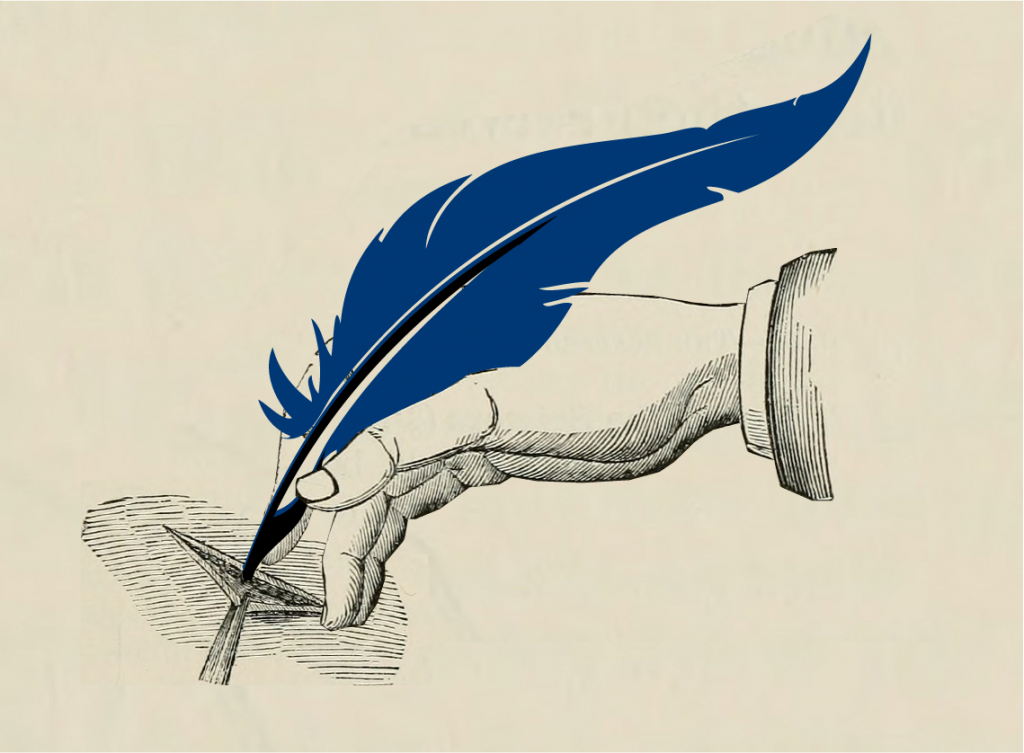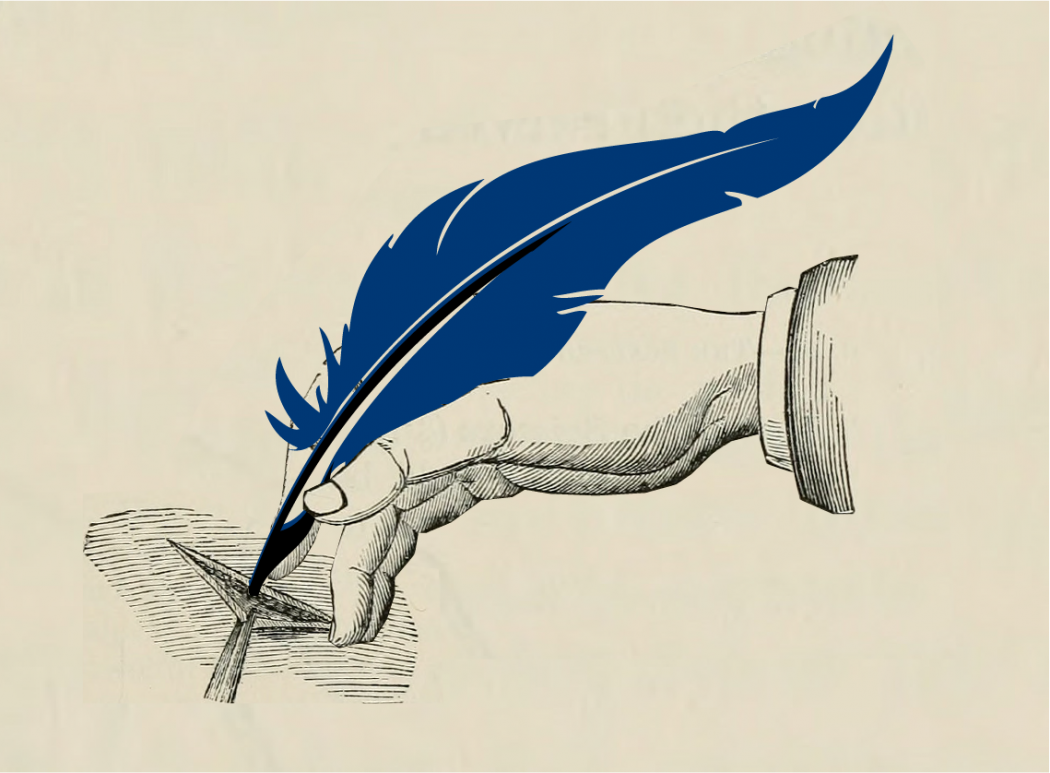 What does it take to become a “Top Doctor?” Perhaps you should consider becoming a journalist.
What does it take to become a “Top Doctor?” Perhaps you should consider becoming a journalist.
Recently, Marshall Allen was approached by a company to see if he would like to purchase a plaque that displayed his “Top Doctor” award. Marshall Allen, however, is not a doctor. He’s an investigative journalist at ProPublica who covers the complexities of healthcare in the United States. Although he playfully entertains the process of getting his award in a cherry wood frame, Allen also decides to dive into the world of pseudo-accolades to see what it’s all about. The experts he interviews call it a “scam.” Perhaps the award he’s being given is yet another confirmation of this fact. Regardless, he accepts the offer, pays 99 dollars, and becomes a “Top Doctor.” Allen writes in an article published last month, “It beats years of hard work and drowning in debt from medical school.”[1]
As I finished reading about Allen’s amusing situation, it got me to think about a serious question: Sure, journalists aren’t docs, but do journalists uphold a critical role in patient care?
Full disclosure, I’m currently a medical student with less than a year of hard work under my belt and I am certainly in the debt Allen is referring to. I also have a master’s in science journalism and have worked for a short time as a freelance journalist. Much of this opinion piece is shaped by my personal experiences and teachings and observations made in journalism courses.
The Good Journalist
Much like a good doctor, the good journalist is someone who pushes their head into the details while remembering to occasionally take a step back and consider the story holistically. A good journalist works hard to get comprehensive and correct information while using storytelling as a tool to draw the audience in.
A doctor addresses their patient; a journalist addresses the public. Although the average reader, viewer, or listener may not be acutely sick, the potential is there. If knowledge and information is the flashlight that exposes pitfalls in a dark cave, journalists are the people who are handing the flashlights out and pointing the pitfalls out to the public. Doctors and researchers might be the people who invent and build the flashlight and the first to discover each pitfall.
Journalists can empower the public to make informed decisions in order to avoid illnesses, or prepare themselves, or find what might be best for their wellbeing. In this respect, the journalist’s work is somewhat similar to the work of a public health professional.
The journalist’s armamentarium can be diverse. They warn the public about recent outbreaks, translate new research findings, uncover disparities in health, address stigmas, expose medical treatment corruption, bust myths, profile notable figures, unravel health policy, and inform us about patient needs and deficiencies in their care, to name a few. (You certainly will find a couple of these examples in the articles published in this issue and previous issues of The Differential.) Below are just a few additional examples of journalists and physician-journalists who inform the public, tell incredible stories, and advocate on behalf of patients across the country.
- The newsier approach: The recent outbreak of syphilis in Arizona.[2]
- The informative approach: Is cracking your knuckles bad for you? (video).[3] New research to stop the rise of superbugs.[4]
- A narrative-style piece that influenced policy: Dr. Atul Gawande’s story about high healthcare costs that differed between two cities in Texas. This was an article that affected President Obama’s thinking in 2009.[5, 6]
- The investigative approach: Exposing the abuses of the painkiller industry and their role in the opioid epidemic (two examples).[7, 8]
- Another investigative storytelling approach: Dr. Sheri Fink’s article/book about the lack of preparation that befell Memorial Medical Center during Hurricane Katrina.[9]
The journalist’s goal is to digest complex scientific and medical knowledge acquired from experts and resources. Then, they must work to explain it to the public in an understandable way. The trick is to do this without losing important details (oversimplifying), without slightly misrepresenting facts, and while addressing the outside pressures of keeping their story interesting, newsworthy, and short. To accomplish this, journalists ought to reach out to experts about any confusion that they may have. Sometimes this requires asking their sources to double check the validity of their quotes and certain facts. Thus, journalists work closely with physicians and scientists as well as a multitude of other health care professionals in order to produce a story that could arm patients with the correct knowledge they need to make informed decisions.
The reporter who does not take diligent steps to address the concerns mentioned above might produce a story that could push patients towards a misinformed perspective.
The Bad Journalist
Bad journalists exist just as bad doctors might exist. In many cases, the intentions are perhaps pure but the pressures of working as a journalist in today’s age might lend reporters to cut corners. Really, it’s lazy journalism. In many cases it might be the culture of the publication or field. In other cases, it might also be attributed to untrained journalists who are unaware of the tools, tips and tricks they could use to write a story that maintains complete truth. Sometimes it falls on inadequate fact checking or publications without copy editors who sift through articles one last time for false or misrepresented information before publishing. The field of journalism continues to struggle in avoiding the propagation of unfounded knowledge, propelling myths or publishing oversimplified facts about health and medicine.
What makes a good journalist’s job more difficult is when others observe misinformation published by other lazy journalists and associate bad journalism with all journalists. I have personally been told from sources that “journalists always get it wrong.” Sources feel betrayed. They are not as open to sharing their thoughts and ideas. Some experienced sources also take it upon themselves to oversimplify their work when speaking with a reporter. Many times, sources decline interviews out of distrust. According to a Gallup poll published in December of last year, only 33 percent of the respondents who were polled rated the honesty and ethical standards of journalists to be high or very high. About 34 percent of respondents rated a journalist’s honesty to be low or very low. For comparison, the top three professions who rated high or very high in honesty and ethical standards were nurses, doctors, and pharmacists with 84 percent, 67 percent, and 66 percent respectively. The percentage of low or very low ratings for the three health care professions does not exceed eight percent.[10]
Medical misinformation is becoming a much bigger problem. The World Health Organization (WHO) has declared vaccine resistance as one of the top 10 threats to global health in 2019.[11] Measles, for example, has developed a resurgence in the United States. Although the reasons for vaccine misinformation is complex, at the time of the initial spread of false information, there were some journalists who did not stick to the standards of seeking truth and unfortunately contributed to the spread of untrue facts.[12]
Today, social media and the ubiquitous nature of the internet functions as a catalyst for false information to live, grow, proliferate, mutate, metastasize and thrive across the country and world.[13] To disinfect damaging misinformation, an interprofessional team would need to include the good work of top journalists to set the record straight and stop the infection of inaccurate information from spreading and remove the cancerous mass of fabricated facts.
The Doctor-Journalist relationship and the Journalist-Patient relationship
The role of a journalist in health care is important and certainly unique. If the general public were persistent research journal consumers, there might not be such a great need for journalists. Reporters work closely with doctors to understand their work and to share their knowledge with the ultimate goal of influencing patient care. At the same time, journalists are advocates for the nation’s citizens, as the 4th estate, and live to keep those who are in power, including doctors, accountable. Journalists seek answers to questions patients have about their health and wellbeing. They also interview those patients and take the time to get to know their story; they listen. Among many other roles, journalists also keep a vigilant eye on the pulse of national organizations like the CDC, NIH, and FDA as well as major companies and institutions. They expose corruptions that have hurt patients and highlight medical advances that save patient lives. Journalists start national and global conversations. They spark the opportunity for change.
While journalists may not be as recognized or perceived as trustworthy as nurses or doctors, it is seemingly apparent that the quality of a journalist’s work and their role in health care is critical in shaping the public’s wellbeing. The truth is, you don’t have to be a doctor to take care of patients. And, apparently, you don’t even have to be a doctor to be a “Top Doctor.”
- Allen M. I’m a Journalist. Apparently, I’m Also One of America’s “Top Doctors.” — ProPublica. https://www.propublica.org/article/top-doctors-award-journalist. Published 2019. Accessed March 7, 2019.
- Syphilis is an Epidemic in Arizona Health Officials Say. www.12news.com. https://www.12news.com/article/news/local/arizona/syphilis-is-an-epidemic-in-arizona-health-officials-say/75-93fc278a-92de-4d4f-ab1a-afc129accd5e. Published 2019. Accessed March 7, 2019.
- Here’s what happens to your knuckles when you crack them. YouTube. https://www.youtube.com/watch?v=n3IYmdy6d4Y. Published 2015. Accessed March 7, 2019.
- Yong E. A Bold New Strategy for Stopping the Rise of Superbugs. The Atlantic. https://www.theatlantic.com/science/archive/2018/11/anti-evolution-drug-vs-antibiotic-resistant-superbugs/575929/. Published 2018. Accessed March 7, 2019.
- Gawande A. The Cost Conundrum. The New Yorker. https://www.newyorker.com/magazine/2009/06/01/the-cost-conundrum. Published 2019. Accessed March 7, 2019.
- Redden M, Mayer J, Marcus J et al. Obama’s Favorite New Yorker Article. The New Yorker. https://www.newyorker.com/news/news-desk/obamas-favorite-new-yorker-article. Published 2019. Accessed March 7, 2019.
- Armstrong D. Drug maker thwarted plan to limit OxyContin prescriptions. STAT. https://www.statnews.com/2016/10/26/oxycontin-maker-thwarted-limits/. Published 2016. Accessed March 7, 2019.
- Armstrong D. Secret trove reveals Abbott’s bold ‘crusade’ to sell OxyContin. STAT. https://www.statnews.com/2016/09/22/abbott-oxycontin-crusade/. Published 2016. Accessed March 7, 2019.
- Fink S. Strained by Katrina, a Hospital Faced Deadly Choices. Nytimes.com. https://www.nytimes.com/2009/08/30/magazine/30doctors.html. Published 2009. Accessed March 7, 2019.
- Brenan M. Nurses Again Outpace Other Professions for Honesty, Ethics. Gallup.com. https://news.gallup.com/poll/245597/nurses-again-outpace-professions-honesty-ethics.aspx. Published 2018. Accessed March 7, 2019.
- Ten health issues WHO will tackle this year. Who.int. https://www.who.int/emergencies/ten-threats-to-global-health-in-2019. Published 2019. Accessed March 7, 2019.
- Brainard C. Sticking with the truth. Columbia Journalism Review. https://archives.cjr.org/feature/sticking_with_the_truth.php. Published 2013. Accessed March 7, 2019.
- Moving the Needle: Promoting vaccination uptake across the life course. Rsph.org.uk. https://www.rsph.org.uk/our-work/policy/vaccinations/moving-the-needle-promoting-vaccination-uptake-across-the-life-course.html. Published 2019. Accessed March 7, 2019.
Dara Farhadi is a member of The University of Arizona College of Medicine – Phoenix, Class of 2022. He graduated from The University of Arizona in 2016 with a degree in Neuroscience and Cognitive Science and then received a master's degree in Science Journalism from Boston University. He enjoys art and playing tennis. You can contact him via twitter @Dara_Farhadi

